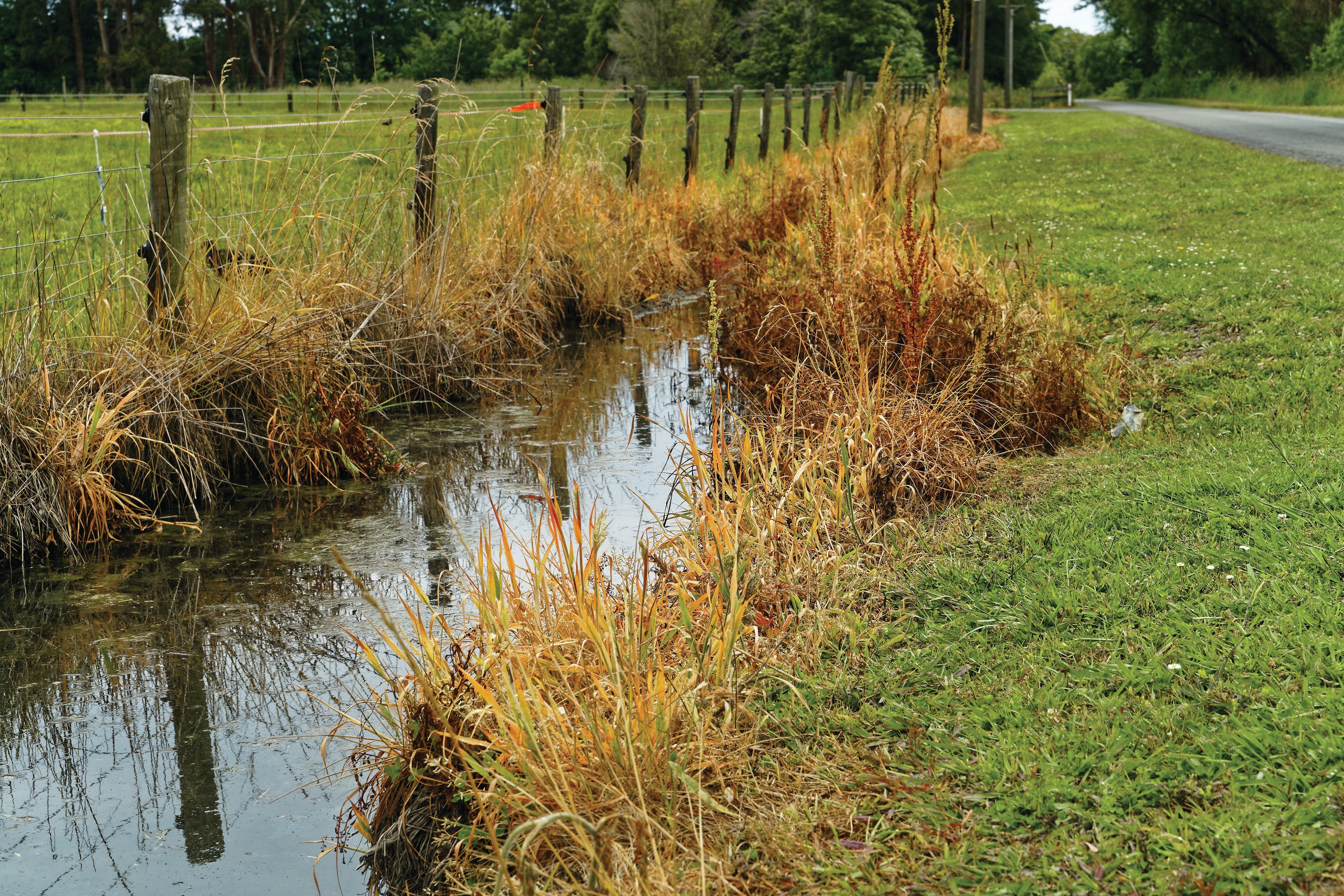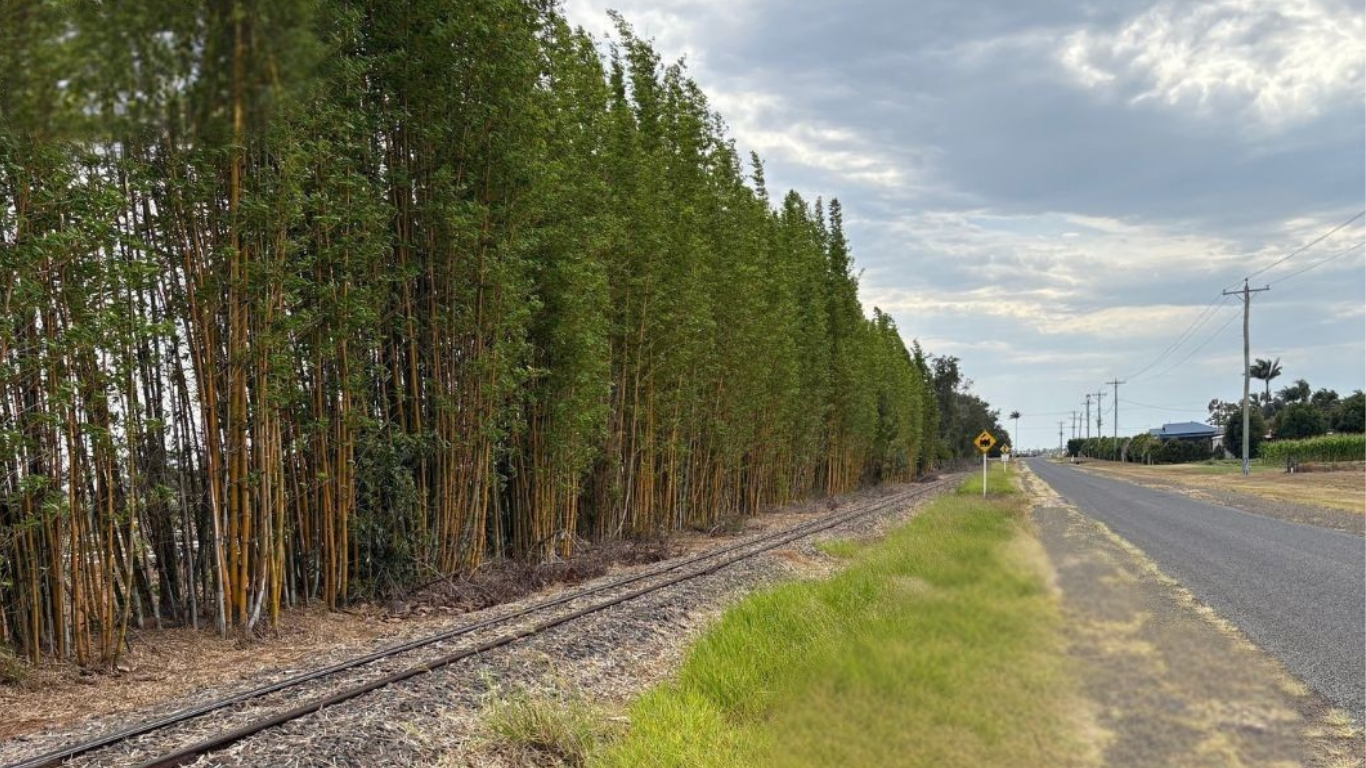
Glyphosate Herbicide Resistance: Causes and Management
Glyphosate resistance occurs where certain plant species develop the ability to survive exposure to glyphosate-based herbicides. This makes the herbicide less effective or entirely ineffective as a weed control method.
Glyphosate is a broad-spectrum herbicide commonly used in agricultural and landscape settings. Understanding how resistance develops and how to manage it is crucial for sustainable weed control.
How Glyphosate Resistance Occurs:
-
Selection Pressure: Repeated or exclusive use of glyphosate over time imposes strong selection pressure on weed populations. Glyphosate-susceptible plants die, while a small proportion of naturally resistant individuals survives.
-
Genetic Diversity: Weed populations naturally possess genetic diversity. Occasionally, some individuals may carry genetic mutations that confer resistance to glyphosate.
-
Reproduction: Glyphosate-resistant weeds produce seeds. If these seeds inherit the resistance trait, the resistant population increases.
-
Herbicide Application: Continued use of glyphosate on glyphosate-resistant populations further selects for resistance, as only resistant plants survive and reproduce.
-
Cross-Pollination: Resistant and susceptible plants within the same species can cross-pollinate, transferring resistance genes to susceptible populations.
-
Seed Dispersal: Wind, water, and human activities can disperse resistant weed seeds to new areas, increasing the spread of resistance.
Managing Glyphosate Resistance:
Diversify Herbicides: Rotate or mix different herbicides with distinct modes of action to reduce selection pressure on glyphosate-resistant weeds. This prevents the dominance of resistant populations.
Integrated Weed Management (IWM): Employ IWM practices to complement herbicide use. These include:
-
Mechanical control (e.g., mowing).
-
Cultural practices (e.g., crop rotation).
-
Biological control (e.g., using natural enemies of weeds)
Herbicide Timing: Apply glyphosate at the right growth stage of the weed. Young, actively growing weeds are more susceptible.
Adjuvants: Use adjuvants that enhance efficacy, ensuring better weed coverage and absorption. Shop Adjuivant Products here.
Targeted Application: Apply herbicides only to areas with confirmed weed infestations, reducing unnecessary use.
Prevent Seed Production: Implement strategies to prevent resistant weeds from producing seeds, like removing them before flowering.
Monitor Weed Populations: Regularly assess weed populations for resistance. Testing seed samples for resistance can help detect it early.
Education: Train farmers and land managers about the importance of responsible herbicide use and resistance management practices.
Herbicide Groups: Consider using herbicides from different chemical groups to reduce the risk of resistance. Glyphosate is a Group 9 herbicide; choose alternatives from different groups.
Long-Term Planning: Develop and implement long-term weed management plans that consider changing weed populations and environmental conditions.
Refer to our other article to learn about how to Maximise weed control with Pre and Post-emergent Herbicides.
Glyphosate resistance is a significant challenge in modern agriculture and land management. It results from the overuse of the active ingredient and the natural genetic diversity within weed populations.
To manage resistance effectively, an integrated approach is essential. Responsible herbicide use and proactive resistance management are critical for sustainable weed control and crop protection.
Learn more about How Plants Develop Herbicide Resistance here.
Additional content
VIEW GWS' ADDITIONAL CONTENT TO LEARN MORE ABOUT THE WEED INDUSTRY

Australia’s approach to wildlife and pest management is increasingly complex. What was once framed as a largely technical or ecological challenge now sits firmly at the intersection of environmenta...
Read more
Smarter growth management with Padre 270 for linear infrastructure and managed vegetation zones
As Australia’s linear-infrastructure networks expand, there is increasing need for low-impact, reliable and cost-effective vegetation management strategies. Padre 270 provides a practical, research...
Read more
Leucaena leucocephala: Weed Hygiene Case Study
Australia’s transport corridors are not just conduits for commerce—they are vectors for biological change. Leucaena leucocephala, valued as a forage crop, also threatens to invade new environments ...
Read more
